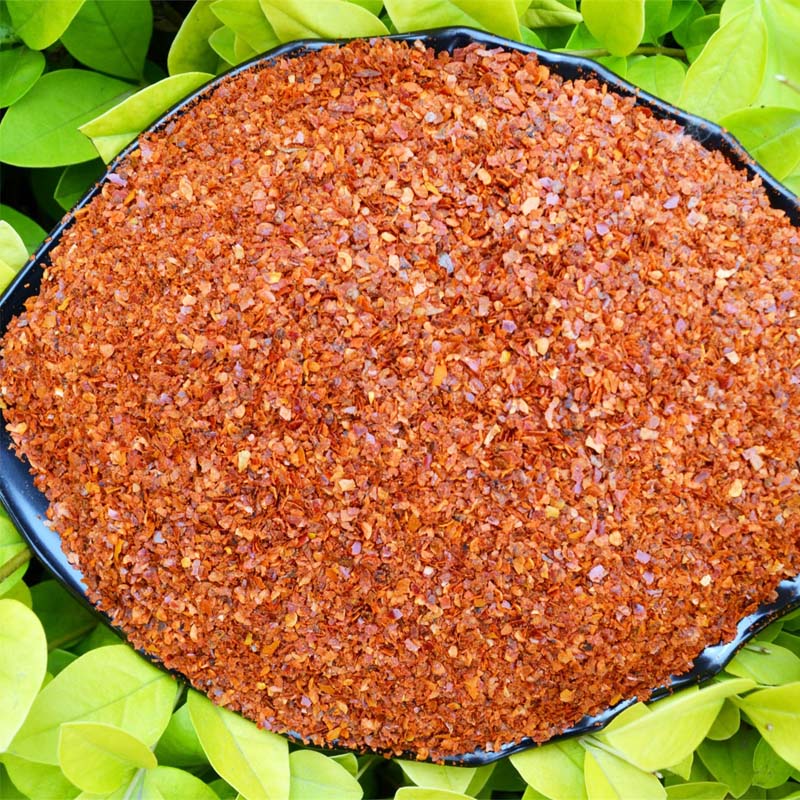- No. 268 Xianghe Street, Economic Development Zone of Xingtai city, Hebei 054001 China
- Byron@hbhongri.cn
paprika types
Exploring the World of Paprika Types
Paprika, a vibrant and flavorful spice derived from ground peppers, has garnered a prominent place in cuisines around the globe. Its rich, reddish hue and diverse flavor profiles make it a versatile ingredient, adding depth and warmth to countless dishes. While commonly associated with Hungarian cuisine, paprika is produced in various regions, each cultivating distinct types that contribute unique characteristics. In this article, we will delve into the different types of paprika, their origins, flavor profiles, and how they can enhance culinary creations.
1. Sweet Paprika
Sweet paprika is perhaps the most popular type and is often used in culinary applications for its mild flavor and bright color. It is made from finely ground, sweet red peppers, typically Capsicum annuum, and contains no heat. Sweet paprika is a staple in Hungarian dishes, such as goulash and chicken paprikash, where it imparts a rich color and sweetness to the dish. It can also be used as a garnish or a seasoning in salads, roasted vegetables, and various sauces.
2. Hot Paprika
For those who enjoy a touch of spice, hot paprika is the ideal choice. This variety is made from spicier pepper types, delivering a more pronounced heat level compared to its sweet counterpart. Hot paprika adds a kick to dishes, making it a popular ingredient in Spanish cuisine, particularly in chorizo sausage and as a seasoning in paella. When using hot paprika, it’s important to consider the heat level, as it can vary significantly between brands and regions.
3. Smoked Paprika
Originating from Spain, smoked paprika, or pimentón, is made from peppers that are dried over an oak fire, imparting a distinctive smoky flavor. This type of paprika comes in three varieties sweet, semi-sweet, and hot, allowing for versatility in recipes. Smoked paprika is commonly used in Spanish dishes, such as patatas bravas and various stews. Its smoky aroma makes it an excellent addition to meats, fish, and even vegetarian dishes, providing an earthy depth.
paprika types

4
. Hungarian PaprikaRenowned for its quality and flavor, Hungarian paprika is another prominent variety that comes in several classifications based on sweetness and heat levels. From the delicate and sweet Noble Sweet paprika to the bright red and hot varieties, Hungarian paprika is a key ingredient in traditional Hungarian cuisine. It is often used in renowned dishes like goulash, where its rich flavor is essential. Hungarian paprika is typically richer and less sweet than its Spanish counterpart, making it a crucial element for authentic flavor profiles in Central European dish.
5. Indian Paprika
In India, paprika is often referred to as red chili powder, but it differs from traditional paprika in both flavor and heat. Indian paprika tends to have a more intense heat level, which can vary widely depending on the region. While it might not be classified under traditional paprika types, its use in curries, lentil dishes, and marinades demonstrates the spice’s adaptability in various culinary traditions. The vibrant color and heat make it a favorite for adding richness to Indian cuisine.
6. Italian Paprika
In Italy, paprika, known as paprica, is sometimes utilized to enhance the flavors of specific regional dishes. While not as ubiquitous as other spices, it can be found in recipes focusing on meats, sauces, and various pasta dishes. Italian paprika may vary in heat and sweetness, often reflecting regional preferences. Additionally, it is used in spice blends like za'atar, showcasing the cultural exchange between Mediterranean cuisines.
Conclusion
Paprika is a remarkable spice that transcends geographical borders, bringing warmth and depth to a myriad of dishes. From the sweet and vibrant Hungarian paprika to the smoky allure of Spanish pimentón, each type offers a unique flavor experience and culinary possibilities. Experimenting with different styles of paprika can elevate your cooking, providing not only a visual appeal but also enriching flavors that highlight the essence of each dish. Whether you are preparing a traditional recipe or adding a creative twist to modern cooking, understanding the various types of paprika can undoubtedly enhance your culinary journey.
-
Unlock the Power of Nature with Capsicum Oleoresin ExtractNewsJul.03,2025
-
Unleash the Heat: Discover the Wonders of Spicy Crushed Red PepperNewsJul.03,2025
-
Unleash the Flavor of Red Pepper Pods – Elevate Your Culinary Creations!NewsJul.03,2025
-
The Rich Flavor of Red Pepper Dried – The Ultimate Ingredient for Your Culinary Creations!NewsJul.03,2025
-
Discover the Rich Flavor of the PaprikaNewsJul.03,2025
-
Discover the Flavorful World of Paprika & Chili ProductsNewsJul.03,2025







